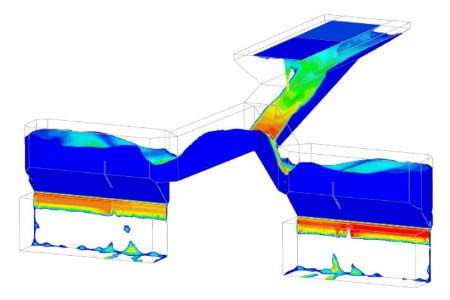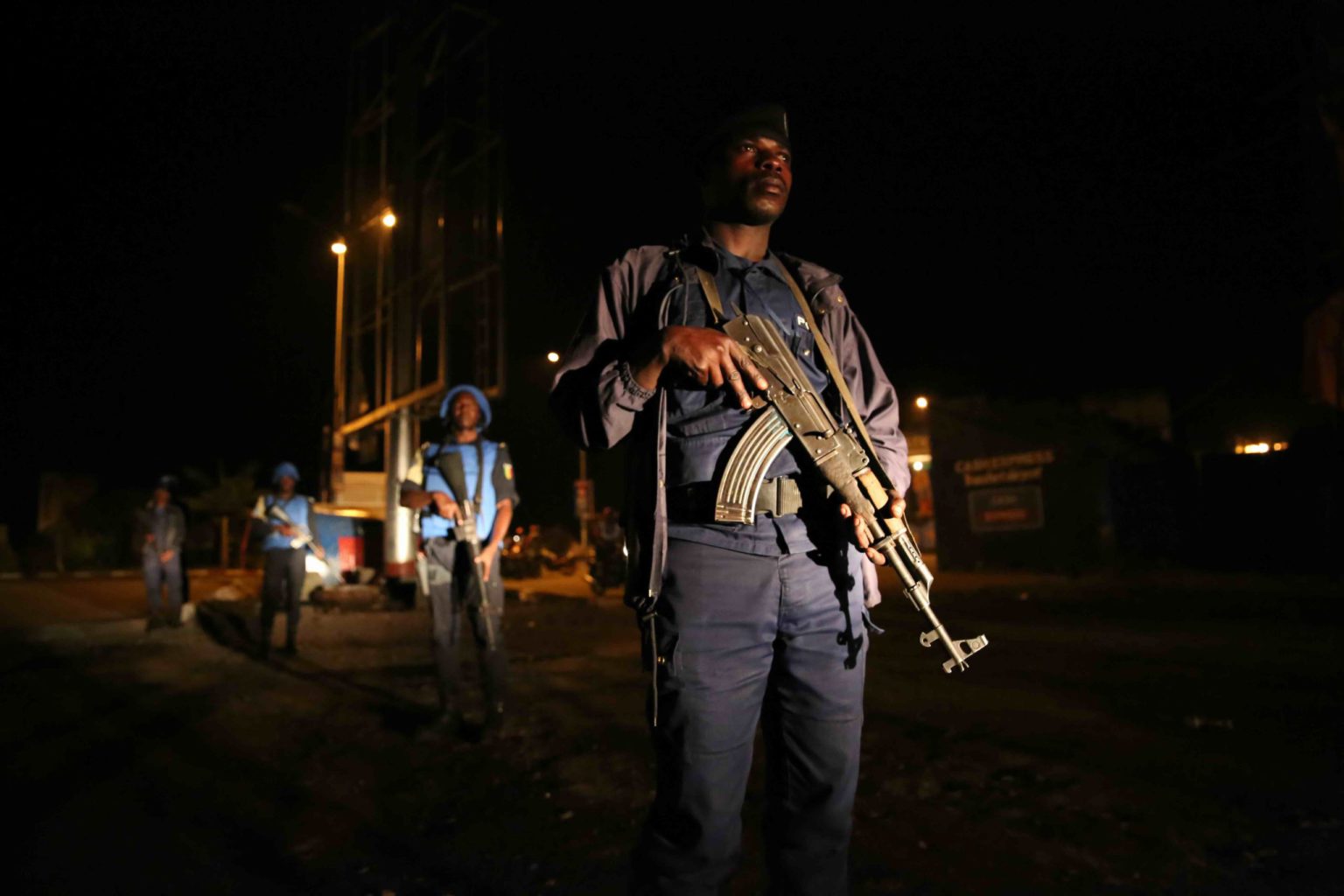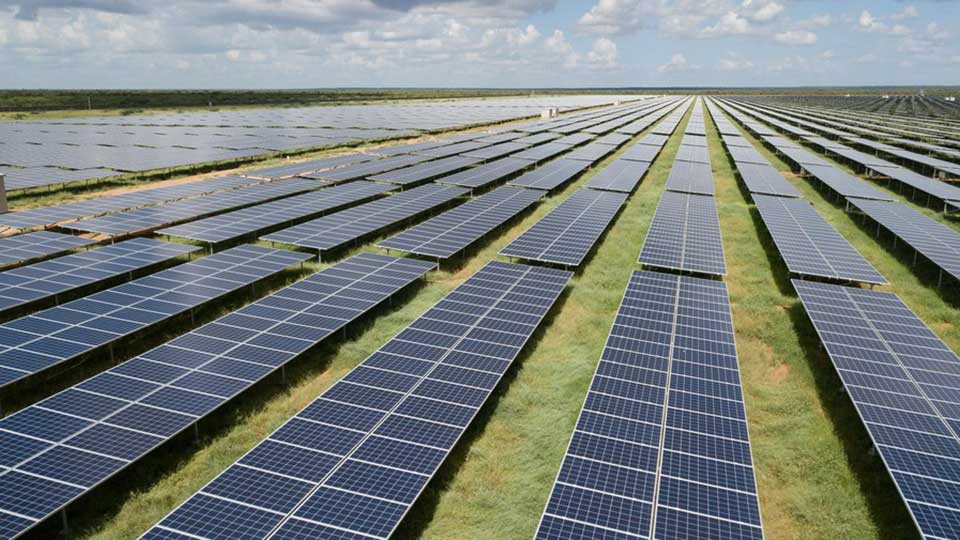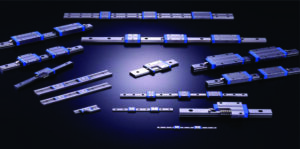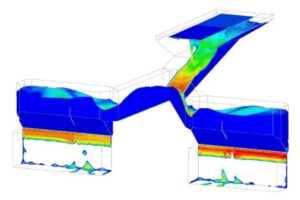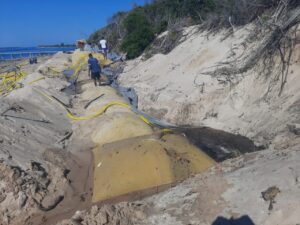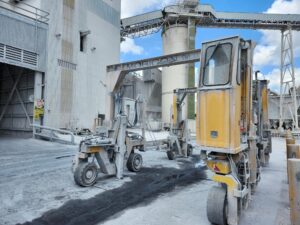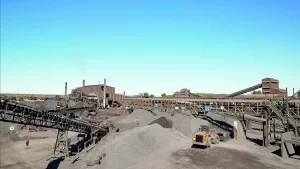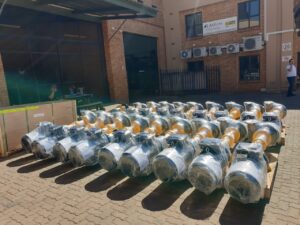Virtual gas pipelines in Africa are already here
Transporting gas does not always mean through a physical pipe. Image: Andreus © 123RF.com
How to set up a gas infrastructure across Africa to create an energy transition bridge fuel is a popular topic of discussion. But, conversations sometimes forget that virtual gas pipelines already exist.
Various gas companies in Nigeria and GL Energy across the Great Lakes and Southern Africa region are already doing it.
GL Energy in particular sees their recently announced concession agreement with the Government of Mozambique for a 250MW LNG power plant as an anchor point for a virtual pipeline. They want to eventually generate around 1,000MW across the continent by 2025 and a big part of that plan is turning out to be gas related according to Mamadou Goumble, CEO of Energy Business for Janus Continental Group, the holding company for GL Energy.
While the first phase of the Mozambique power plant will draw on imported gas, the plan is eventually to draw on domestic gas. The plant will draw on a FSRU unit planned for the Nakala province in Mozambique which will eventually become a wellpoint for a virtual gas pipeline across the region.
Energy storage is key to Africa’s energy transformation
They are also looking at energy storage, specifically investigating how GL Energy can take advantage of JCG’s investment in a UK based developer of liquid air long-duration energy storage systems. “We believe we need to have the right energy mix and that would only be possible if you have energy storage. All our strategies are built around that, storage and gas,” said Goumble.
“When you talk solar, the exposure is not always matching the need in Africa, so you may have to switch for four or five hours.”
Their belief is that once Mozambique starts producing gas their energy company EDM would be able to offer a cheaper price for electricity.
“EDM is already an exporter of power, but when you reach the 250MW stage there will need to be a new investment on the [transmission] line. We believe it would help the Southern Africa Power Pool (SAPP) with more production and enable more trading.”
Positioning their Mozambique LNG power station in Nakala was partly to help create stability for the northern grid, but also to eventually take advantage of the planned domestic gas production in the area.
LNG is turning out to be very transportable and versatile
Their study into the various scenarios of pipeline cost showed LNG made the most financial sense because it is an eminently transportable solution.
“When you have LNG coming, even on small scale, you enable the neighbourhood to start converting. If Rovuma [LNG project] arrived today, nobody is ready. We are thinking, with EDM, about how to allow LNG to be traded. That extra LNG from the FSRU will trigger a transformation. And this is very important, this transformation phase. When you have Rovuma you might have to wait another five years for everyone, like the mining industries, to transform their equipment to use gas.”
Outside of the Romco gas pipeline from Mozambique to South Africa, there are no other physical pipes transporting gas across the SAPP region, but again Goumble comes back to the safe transportability of LNG. They view the mines of Africa as an especially big potential offtaker.
Virtual gas pipelines extend beyond LNG
Eventually, hydrogen will also form part of the energy mix and with the right technological advancements it could even replace gas, but Goumble sees this possibility as quite far down the line.
The biggest market they have identified for the use of LNG in the immediate future is South Africa, but clean cooking solutions across Africa is a sector they are also investigating.
“The idea is to create a demand and that leads to development. There are millions of people who are still unelectrified, and the energy need cannot be addressed only through renewable energy. The efficiency of the continent is dependent on stability,” said Goumble.
Share this content:


